Imagine yourself, lying on a carpet of fresh snow, eyes riveted to an inky sky where ribbons of green and purple light dance. Magical, isn’t it? This is the unique experience that the Northern Lights in Iceland offer you! But when should you go?
Attention, my adventurous friends, seeing these celestial lights is not as simple as ordering a hot dog in Reykjavik (although Icelandic hot dogs are an experience in themselves!). To maximize your chances of witnessing this breathtaking natural spectacle, you need to choose your travel period wisely.
And that’s where I come to your rescue! 🦸♂️ As a Curious Soul passionate about Iceland and its wonders, I will guide you through the key factors that influence the visibility of the Northern Lights. We’ll talk about solar activity, seasons, weather, and even light pollution. In short, everything you need to know to put all the odds in your favor!
- Key Factors for Observing the Northern Lights in Iceland
- Month by Month: When to Go to See the Northern Lights in Iceland
- The Best Regions to Observe the Northern Lights in Iceland
- Practical Tips to Maximize Your Chances of Seeing the Northern Lights in Iceland
- Essential Equipment: Ready for Adventure!
- Complementary Activities: Iceland Beyond the Auroras
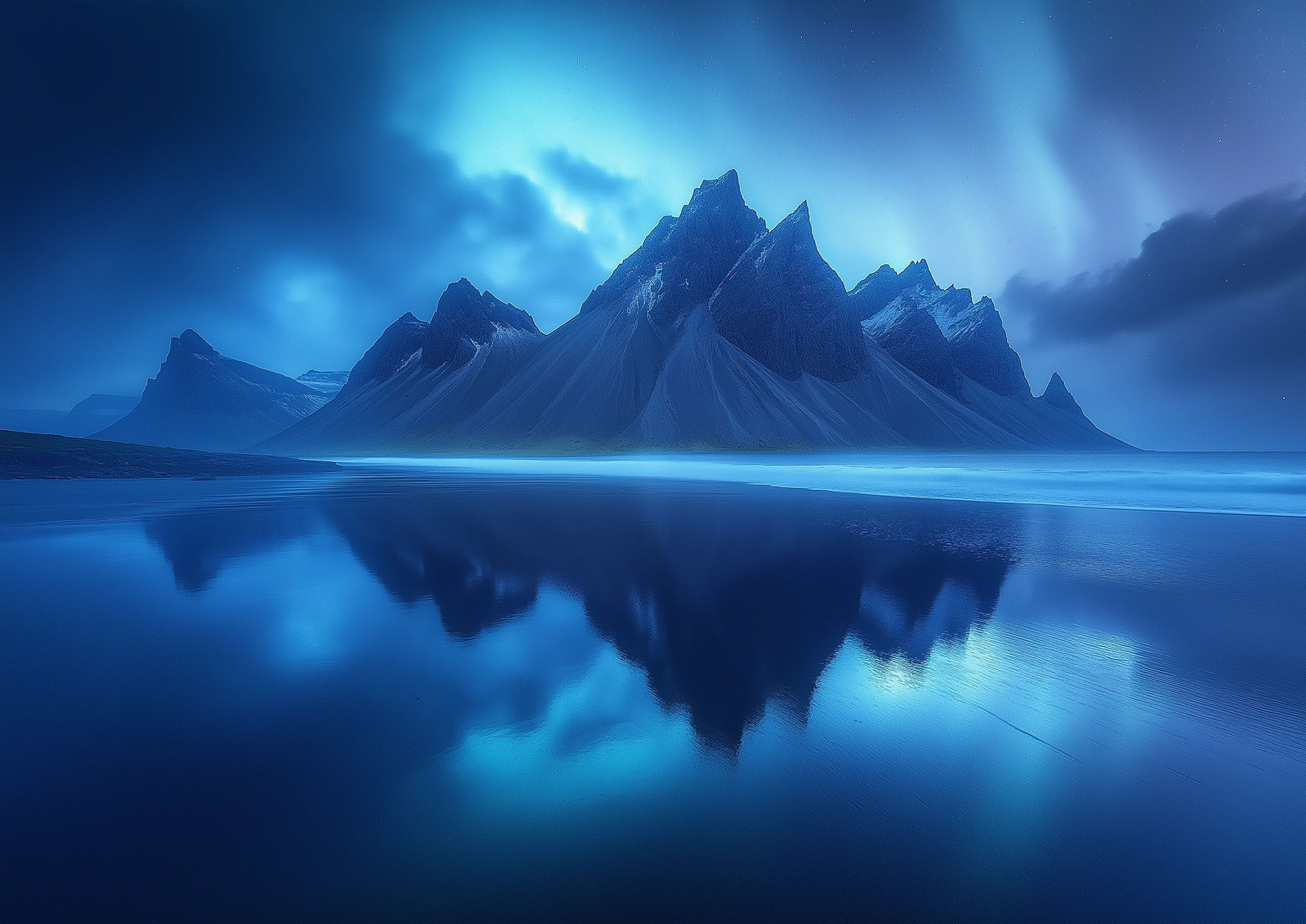
Key Factors for Observing the Northern Lights in Iceland
Solar Activity: The Engine of the Auroras
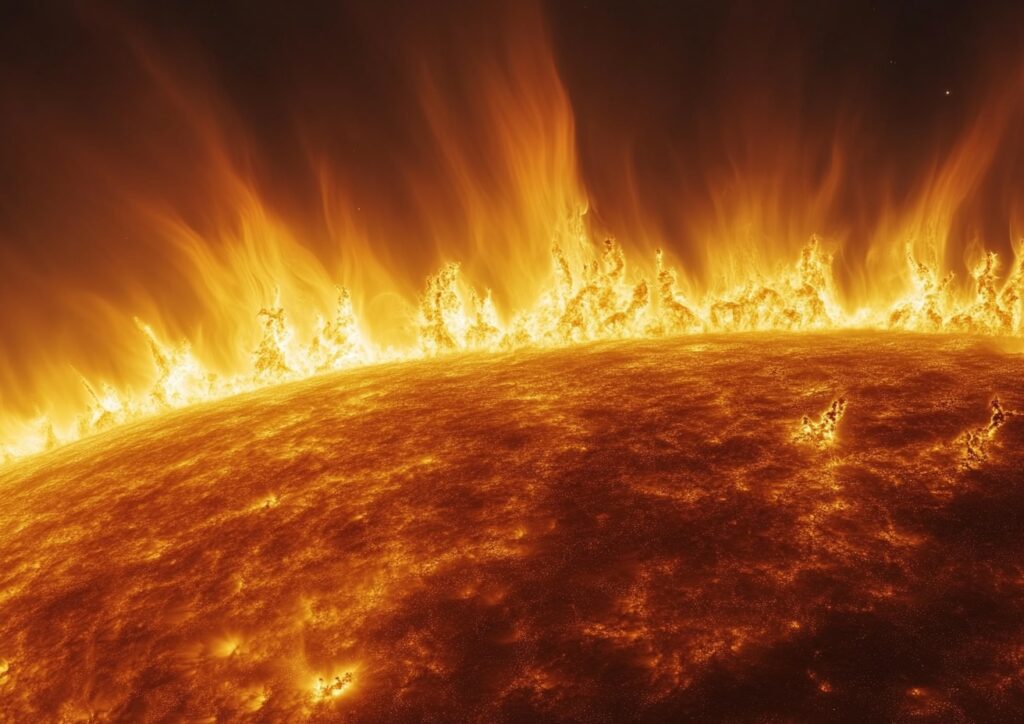
You may not know it, but the Sun is the great conductor of the Northern Lights. Our star follows an 11-year activity cycle, alternating between periods of high and low activity.
🌞 During activity peaks, the Sun ejects more particles into space. These particles, by interacting with the Earth’s atmosphere, create the Northern Lights. The more intense the solar activity, the more likely the auroras are to be spectacular!
The good news? We are approaching a solar activity peak predicted for 2024-2026. So if you dream of seeing the Northern Lights in Iceland, this is THE moment to plan your trip!
The Time of Year: The Importance of Night
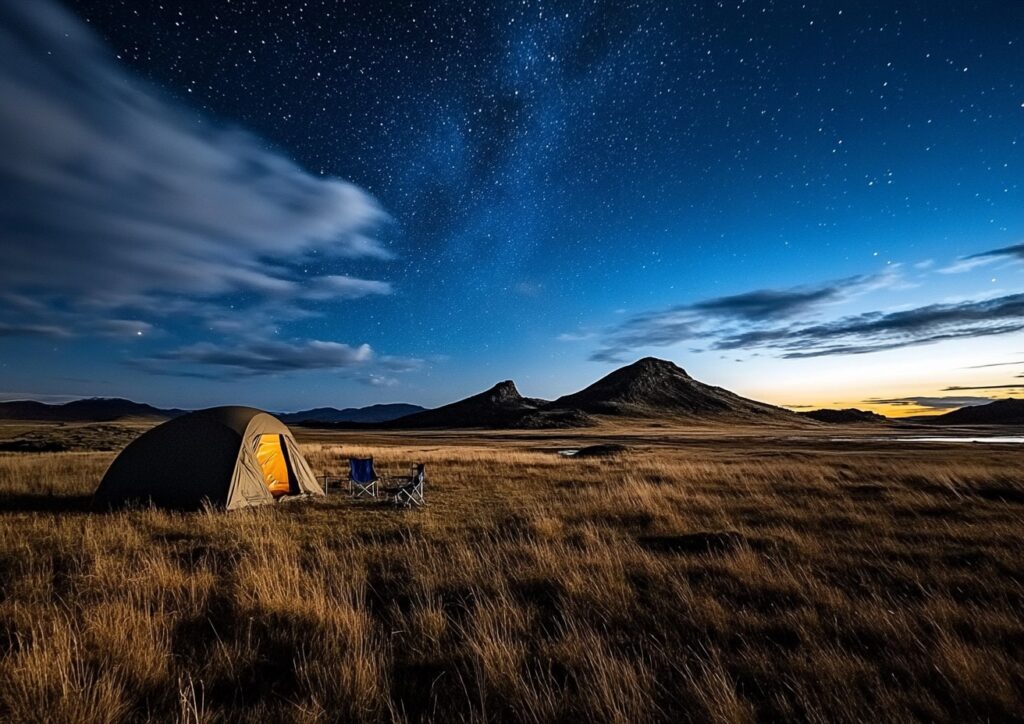
To see the Northern Lights, you need darkness. And in Iceland, darkness is earned!
📅 The best period to observe the Northern Lights extends from September to April. Why? Because the nights are long enough and dark enough.
- September-October: It’s the start of the season! Temperatures are still mild and you can combine aurora hunting with whale watching.
- November-February: The heart of winter offers the longest nights, ideal for observation. But beware, the cold can be biting!
- March-April: The end of the season, with shortening nights but milder temperatures.
Don’t forget: as responsible Curious Souls, we are committed to respecting and preserving Iceland’s natural and cultural environment. Choose sustainable activities to complement your aurora hunting!
Weather Conditions: The Icelandic Challenge
Ah, Icelandic weather! Changeable, unpredictable, but so fascinating. To see the Northern Lights, you need a clear sky. Unfortunately, Iceland is known for its stubborn clouds.
☁️ Cloud cover is the number one enemy of aurora hunters. An overcast sky can totally block the view, even if a spectacular aurora is unfolding above.
My Curious Soul advice? Stay flexible! Plan several observation nights and regularly check weather forecasts. The Icelanders have a saying: “If you don’t like the weather, wait five minutes”. Patience and adaptability are your best allies!
Light Pollution: Seek Darkness
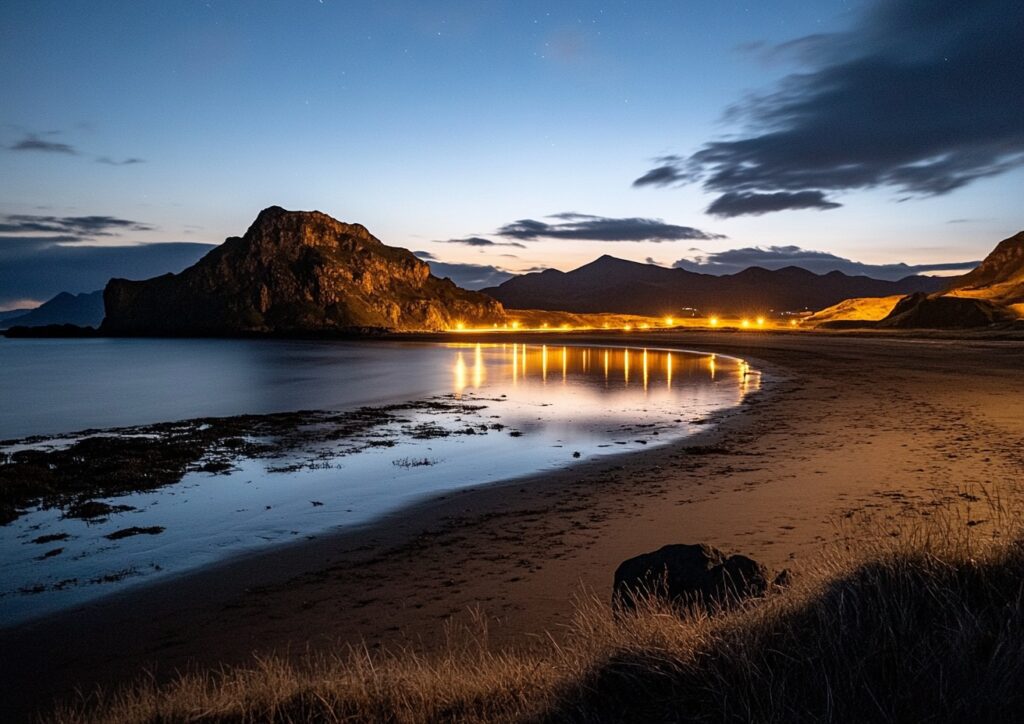
For an optimal Northern Lights experience, you need to flee artificial lights. Yes, even charming Reykjavik can be an obstacle to your quest!
🌃 The best observations are made far from urban areas. Here are some recommended spots:
- Thingvellir National Park
- The Snæfellsnes Peninsula
- The Jökulsárlón glacier lagoon
These places combine dark sky and breathtaking landscapes. Imagine seeing auroras reflected in a glacier lagoon… A Curious Soul’s dream!
Remember: as responsible travelers, let’s respect these beautiful places. Let’s leave them as beautiful as we found them for future aurora hunters!
Month by Month: When to Go to See the Northern Lights in Iceland
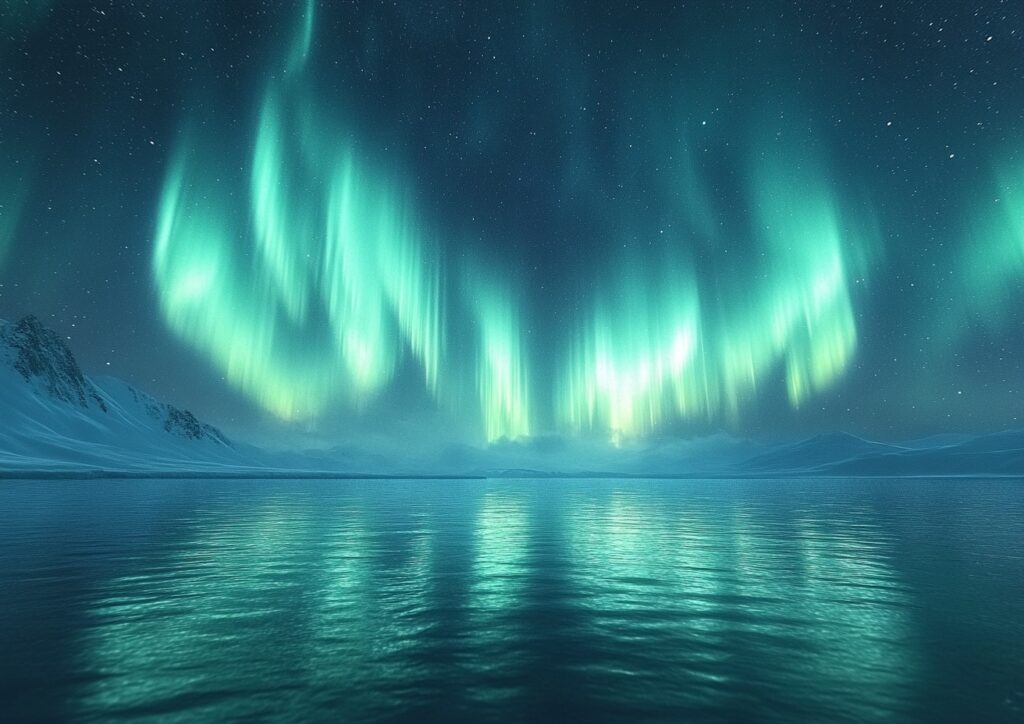
Fasten your seatbelts, we’re going on a month-by-month journey in search of the best time to see the northern lights dance! 🗓️✨
September: The Magical Start of the Aurora Season
Ah, September in Iceland! 🍂 It’s like the curtain rising on a grand spectacle. The Northern Lights make their grand return, and Iceland adorns itself with its most beautiful autumn colors.
Advantages:
- Still mild temperatures (on average 7-12°C)
- Sublime landscapes with golden hues
- Fewer tourists than in summer
Curious Soul Tip: Aim for the end of the month to maximize your chances. The nights gradually lengthen, offering more observation time. It’s also the ideal time to combine aurora hunting and whale watching!
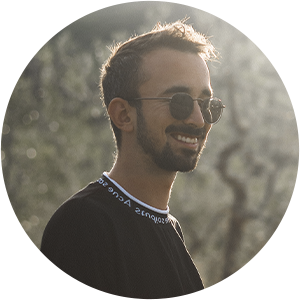
September in Iceland is like a well-kept secret. Nature prepares for winter sleep, but the sky awakens with the first aurora dances
October: The Golden Month for Northern Lights
October is a bit like the perfect month for Northern Lights in Iceland. 🏆 The nights are long enough, but the polar cold hasn’t yet shown its face.
Strong points:
- Ideal balance between long nights and clement weather
- Bearable temperatures (3-8°C on average)
- Spectacular landscapes with the last colors of autumn
Be careful though, the end of the month can see the arrival of the first stubborn clouds. Stay flexible in your plans!
Bonus activity: Take the opportunity to explore the Gullfoss waterfall under the first lights of the auroras. A breathtaking spectacle!
November: When Night Reigns Supreme
November is the month when Iceland really plunges into darkness. The nights stretch out, offering long hours conducive to observing the Northern Lights. 🌙
To know:
- Very long nights (up to 19 hours of darkness!)
- Dropping temperatures (0-5°C on average)
- Increased risk of snow storms
Adaptation advice: Stay tuned to local weather forecasts. Icelanders are used to these changing conditions. Don’t hesitate to seek advice from locals!
Unique experience: Imagine yourself in the hot springs of Hrunalaug, observing the Northern Lights while lounging in 38°C water. A dream, right?
December: Christmas Under the Auroras
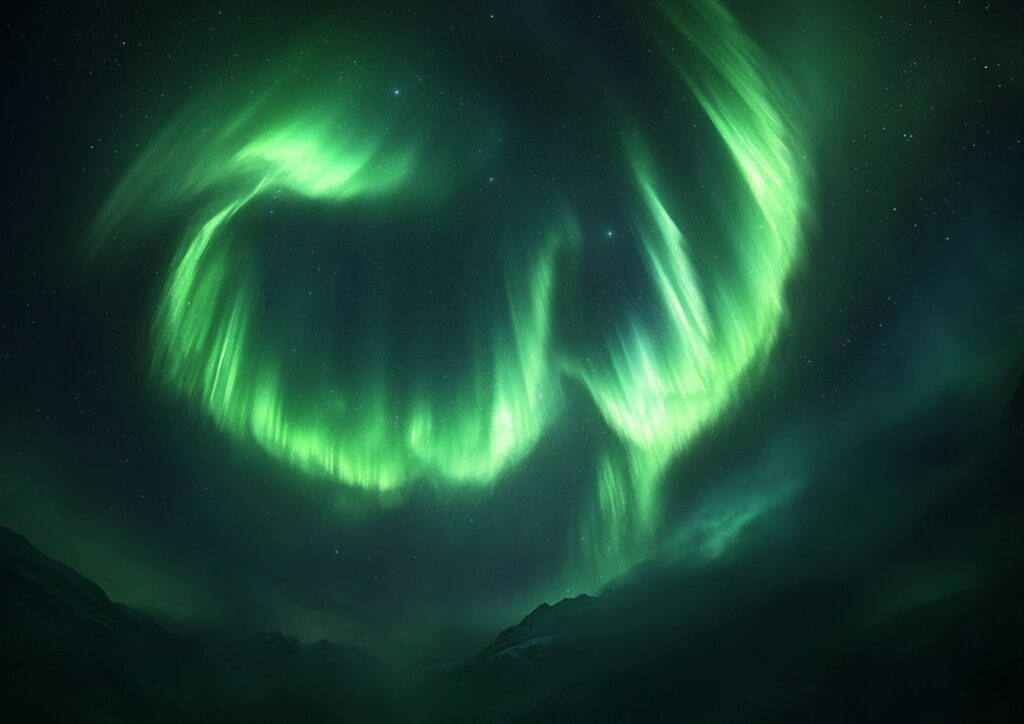
December in Iceland is magical! 🎄 Polar nights settle in, offering an ideal playground for the Northern Lights.
Key points:
- Almost permanent darkness (only 4-5 hours of “day”)
- Fairy-tale atmosphere with Christmas decorations
- Cool but not freezing temperatures (-2 to 4°C on average)
Attention: This is a very popular period. Book your accommodations and activities well in advance!
Curious Soul Idea: Why not celebrate New Year’s Eve admiring the auroras from the Blue Lagoon? An unforgettable moment!
January: The Heart of Winter, the Summit of Auroras
January is the coldest month, certainly, but also the one that often offers the most beautiful Northern Lights! ❄️
Characteristics:
- Often clear sky, ideal for observation
- Very long nights (up to 19 hours of darkness)
- Low temperatures (-3 to 2°C on average)
Anti-cold tip: Dress in layers! A good waterproof coat, thermal underwear, and don’t forget hat, gloves and warm boots.
Frosty activity: Take the opportunity to explore an ice cave. Imagine the auroras dancing above these natural cathedrals of blue ice!
February: The Month of Opportunities
February is like a second wind for the aurora season. The days lengthen slowly, but the nights remain long enough for beautiful observations.
Strong points:
- Often optimal observation conditions
- Gradual increase in daylight hours (more time for activities)
- Winter temperatures but bearable (-2 to 3°C on average)
Curious Soul Advice: This is the ideal time to combine aurora hunting and winter activities like snowmobiling or dog sledding!
Secret spot: Head to Kerlingarfjöll for an off-the-beaten-path experience. Northern Lights above snow-capped mountains, tempting?
March: The Last Dance of the Auroras
March marks the beginning of the end for the aurora season, but make no mistake, it’s still an excellent month to observe them!
Characteristics:
- Nights still long enough
- Temperatures that rise slowly (-2 to 4°C on average)
- Spring equinox (March 20) potentially favorable for auroras
Good to know: The spring equinox is often associated with more intense auroral activity. One more reason to try your luck in March!
Unique experience: Combine your aurora hunt with a visit to Seljalandsfoss, one of Iceland’s most beautiful waterfalls. Imagine auroras reflecting in the tumultuous waters!
April: The Swan Song of the Auroras
April is a bit like the last chance to see the Northern Lights before the return of bright nights.
To remember:
- Best chances at the beginning of the month
- Days that lengthen rapidly
- Milder temperatures (2-7°C on average)
Advice: Focus on the first half of the month to maximize your chances.
Plan B: If the auroras are shy, take the opportunity to explore Thingvellir National Park under the spring light. It’s magnificent!
There you have it, my dear Curious Soul friends! You now have all the keys to choose the best month for your Northern Lights hunt in Iceland. Remember, each month has its charm and surprises. The important thing is to set off on an adventure with an open and curious mind. After all, that’s what being a Curious Soul is all about, isn’t it? 😉
Wise: Travel smart with the best exchange rate
Say goodbye to banking hassles abroad with Wise, the multi-currency card with superpowers!
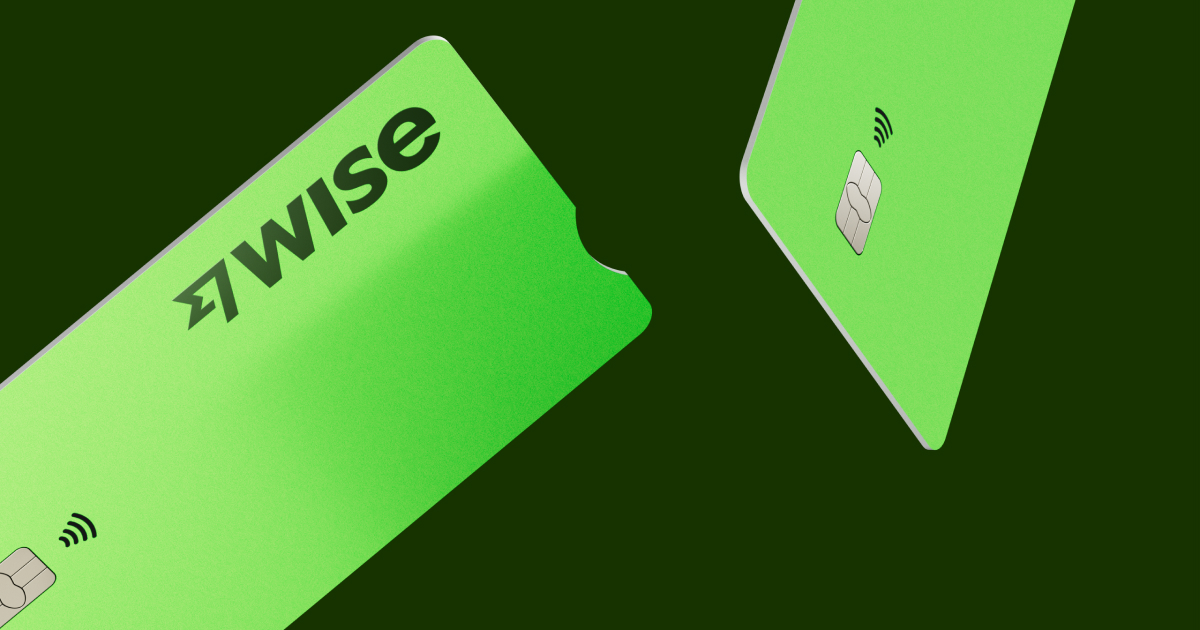
The Best Regions to Observe the Northern Lights in Iceland
Are you ready to discover the best spots to hunt for the Northern Lights in Iceland? Fasten your seatbelts, we’re off for a tour of the most magical places to see the northern lights dance! 🇮🇸✨
Jökulsárlón: The Ice Lagoon Under the Auroras
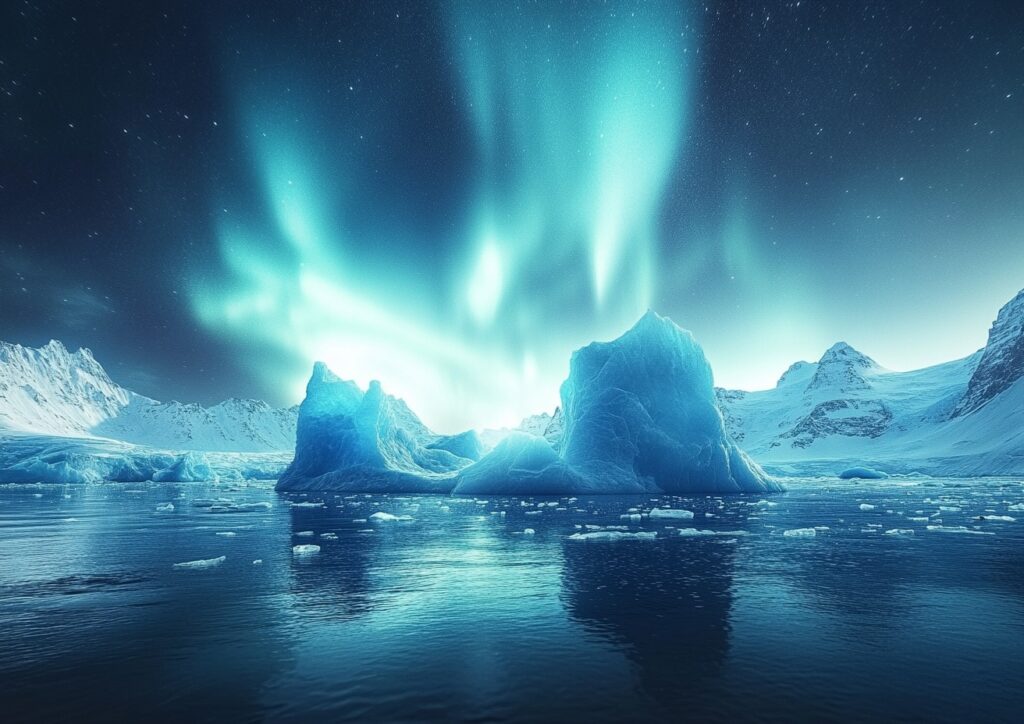
Imagine for a moment: bluish icebergs floating peacefully on a glacier lagoon, reflecting the green and purple glows of the Northern Lights. No, you’re not dreaming, it’s Jökulsárlón! 😍
This glacier lagoon, located in southeast Iceland, is a true paradise for photographers and aurora hunters. Here’s why:
- Unique landscape: The icebergs that break off from the Vatnajökull glacier create a surreal setting.
- Magical reflections: The calm surface of the lagoon offers perfect reflections of the auroras.
- Diamond Beach: Right next door, the black sand beach dotted with pieces of ice is an incredible spot to observe the auroras.
Curious Soul Tip: Arrive before sunset to spot the best viewing angles. And don’t forget your tripod!

Jökulsárlón is as if nature had created the perfect setting to stage the Northern Lights.
Reynisfjara and Other Black Sand Beaches: A Lunar Setting for the Auroras

Iceland’s black sand beaches are already impressive during the day. But at night, under the Northern Lights? It’s simply magical! 🌠
Reynisfjara, near the village of Vík, is probably the most famous. Here’s what makes these beaches so special for aurora observation:
- Striking contrast: The black sand makes the colors of the auroras stand out spectacularly.
- Unique rock formations: The basalt columns and rocky pinnacles add character to your photos.
- Clear horizon: Perfect for seeing the auroras dance above the ocean.
Warning: The ocean can be dangerous here. Stay vigilant and don’t get too close to the water’s edge, even for THE perfect photo. Your safety comes first!
Snæfellsnes Peninsula: The Little Gem of the West
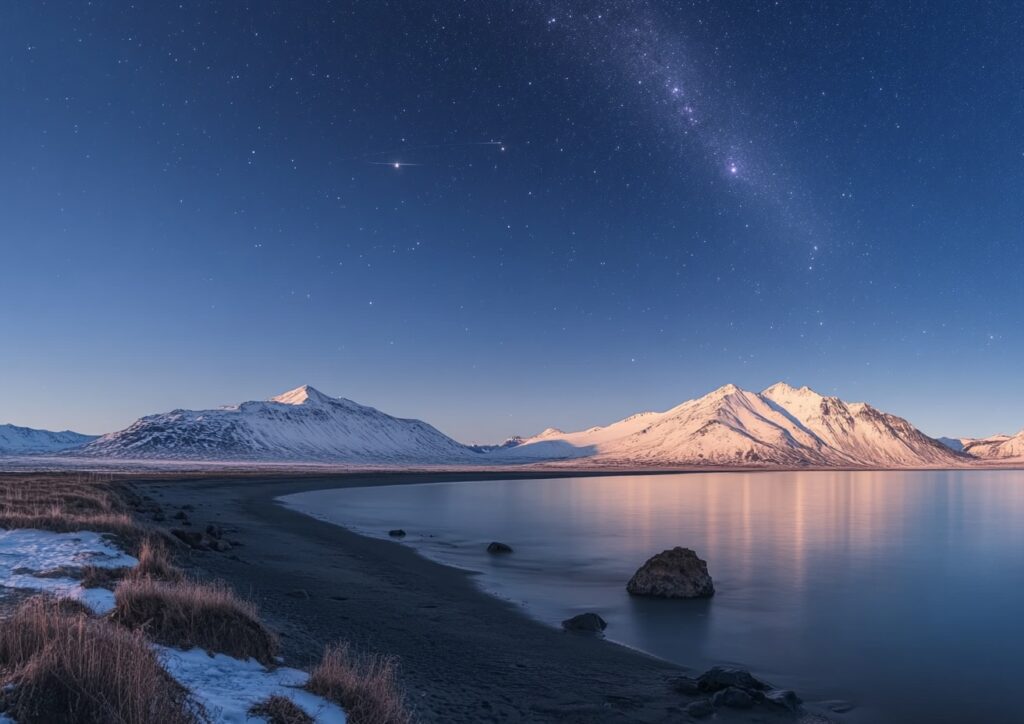
The Snæfellsnes peninsula is a bit like Iceland in miniature. And for the Northern Lights, it’s a real playground! 🏔️
Strong points:
- Mount Kirkjufell: This iconic mountain is THE Instagram spot for auroras. Imagine the lights dancing above its characteristic silhouette!
- Low light pollution: The peninsula is sparsely populated, ideal for very dark skies.
- Diversity of landscapes: From beaches to mountains to lava fields, you won’t lack for settings for your auroras.
Where to stay?: The villages of Grundarfjörður or Ólafsvík offer comfortable accommodations and are well located for observation.
Bonus activity: Why not combine your aurora hunt with a glacier hike on Snæfellsjökull?
Thingvellir National Park: History Under the Auroras
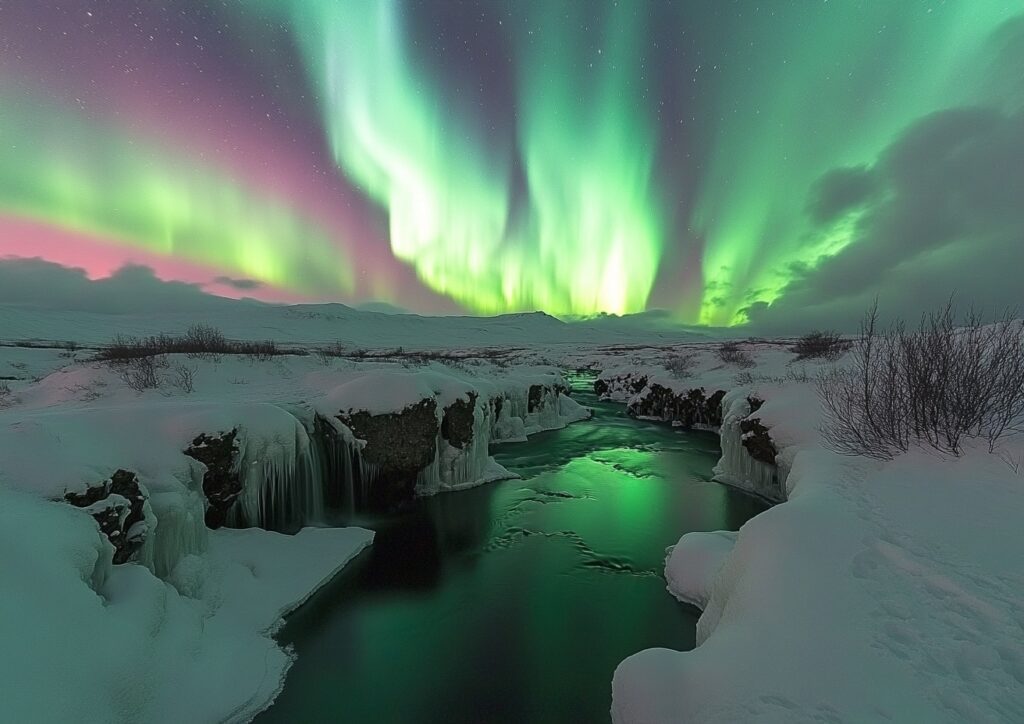
Thingvellir (or Þingvellir in Icelandic) is not only a UNESCO site, but also a great spot for the Northern Lights! 🏛️✨
Why it’s top:
- Historical importance: Observe the auroras where the Vikings held their parliament over 1000 years ago!
- Fascinating geology: The park is located on the Mid-Atlantic Ridge. You can literally see the separation between the North American and Eurasian tectonic plates.
- Proximity to Reykjavik: Only 40 km from the capital, it’s perfect for a night excursion.
Curious Soul Tip: Arrive in late afternoon to explore the park before nightfall. Then, settle in comfortably for the celestial show!
Reykjavik and its Surroundings: The Urban Aurora Hunt
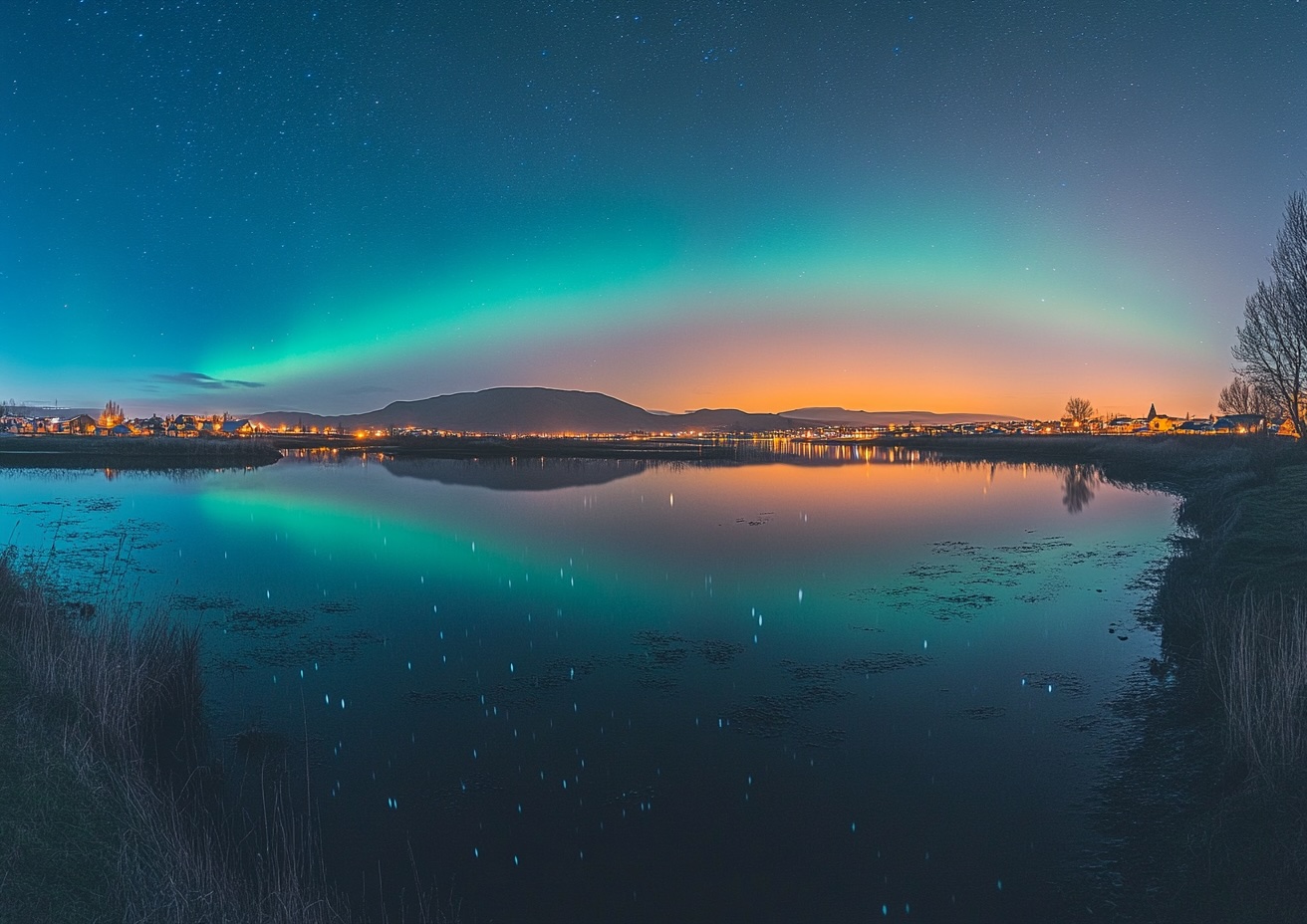
Yes, even from the capital, it’s possible to see the Northern Lights! Of course, you need to move away a bit from the city center, but you don’t need to go to the end of the world. 🏙️
Recommended spots:
- Öskjuhlíð: This hill south of Reykjavik offers a panoramic view of the city and the sky.
- Seltjarnarnes Peninsula: West of the city, the Grótta lighthouse is a popular spot for auroras.
- Mount Esja: 20 km north of Reykjavik, this mountain offers a breathtaking view of the capital and the night sky.
Tip: If you stay in the city, keep an eye on aurora forecasts. Even in case of intense activity, the lights can be visible from the center!
So, which spot makes you dream the most? Regardless of your choice, remember that each place in Iceland has its own magic. The important thing is to fully live the experience, to marvel at the beauty of nature, and to travel responsibly to preserve these exceptional places.
Practical Tips to Maximize Your Chances of Seeing the Northern Lights in Iceland
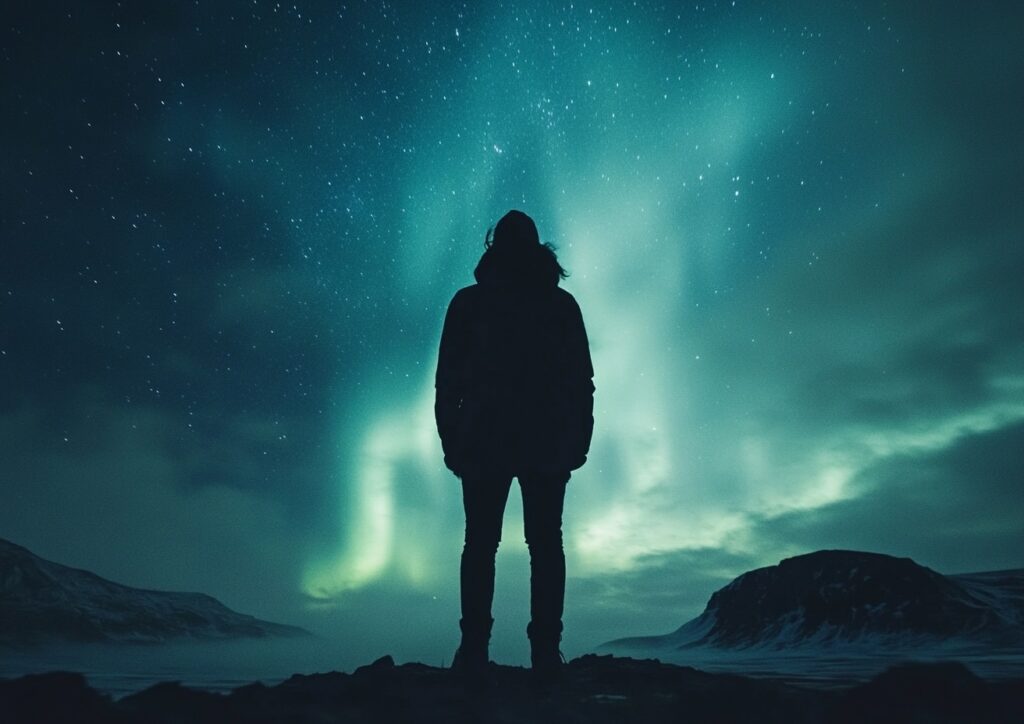
Are you ready to put all the odds in your favor to see the Northern Lights in Iceland? Great! Here are my best tips to make your aurora hunt an unforgettable experience. Let’s go
Length of Stay: Time Means Auroras!
When it comes to hunting for the Northern Lights, the saying “time is money” becomes “time is auroras”! 😉
Recommendation: Plan at least a week in Iceland. Why?
- More nights = more chances to see auroras
- Time to adjust to the time difference
- Flexibility in the face of Icelandic weather whims
“In Iceland, if you don’t like the weather, wait five minutes.”
Icelandic saying
Curious Soul Tip: If possible, opt for a 10-day stay. It will allow you to really explore the island while maximizing your chances of seeing the auroras!
Choice of Accommodation: Sleep Under the Stars (or Almost)
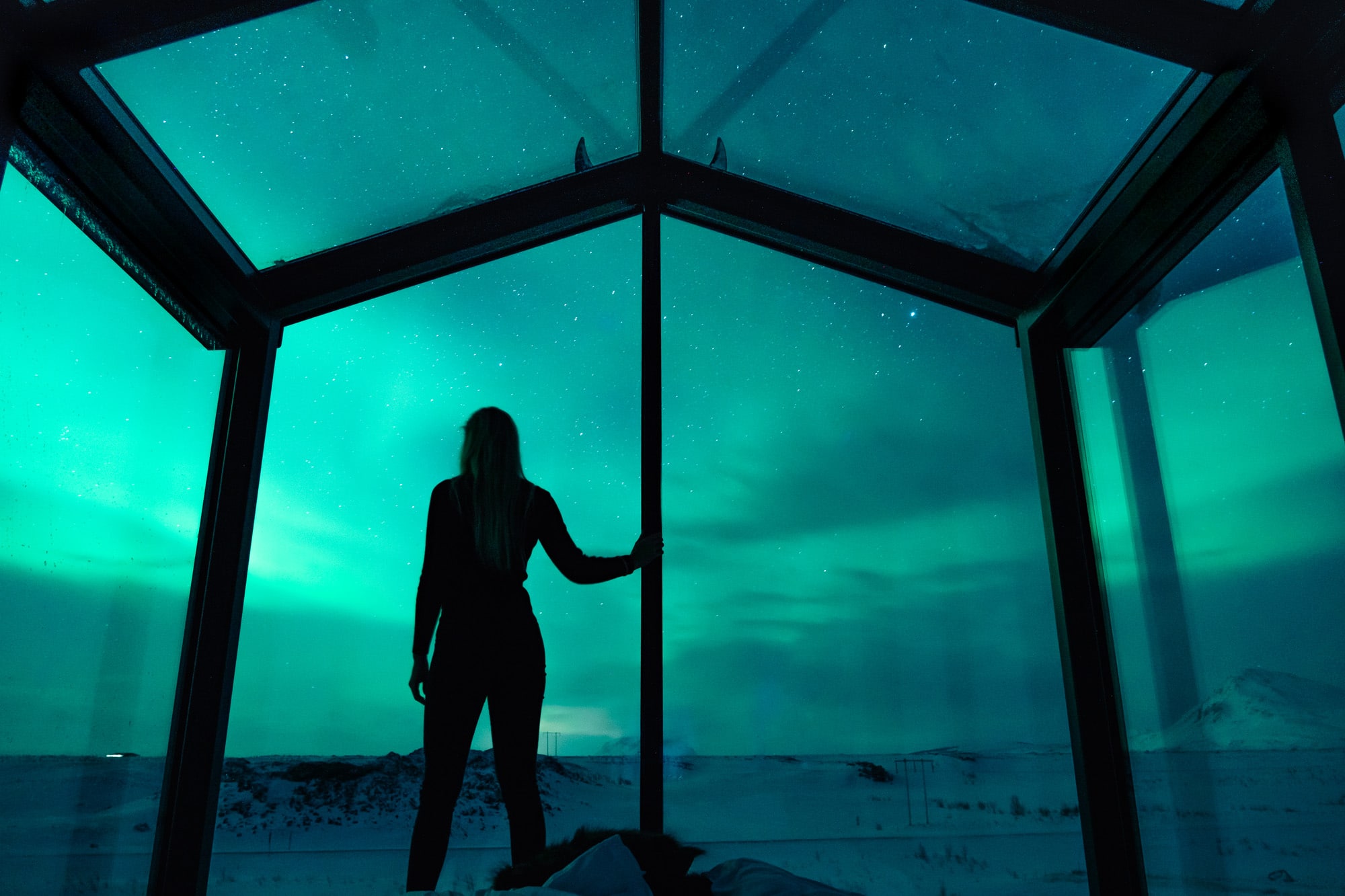
Your choice of accommodation can make all the difference in your aurora hunt. Here are my recommendations:
- Hotels with “Northern Lights” wake-up service: Some hotels, like Hotel Rangá, offer to wake you up if the auroras make an appearance. Convenient, isn’t it?
- Isolated accommodations: Opt for lodges or chalets far from cities for better observation. The Panorama Glass Lodge offers a 360° view of the sky, directly from your bed!
- Camping: For the more adventurous, camping is a great option to be closer to nature. Just make sure you have the right equipment for the cold!
Eco-responsible advice: Choose accommodations with a strong environmental policy. Many use geothermal energy, an Icelandic specialty!
Guided Tours vs Independent Exploration: To Each Their Own Style!
The big question: go alone or with a guide? Both options have their advantages:
Guided tours:
- Local expertise
- Transportation included
- Equipment provided (often)
- Ideal for beginners
Independent exploration:
- Total flexibility
- Possibility to get away from tourist spots
- Often cheaper
If you opt for independence, make sure you’re well informed about driving in Iceland!
My advice: Why not a mix of both? Start with a guided tour to learn the basics, then venture out on your own!
Essential Equipment: Ready for Adventure!
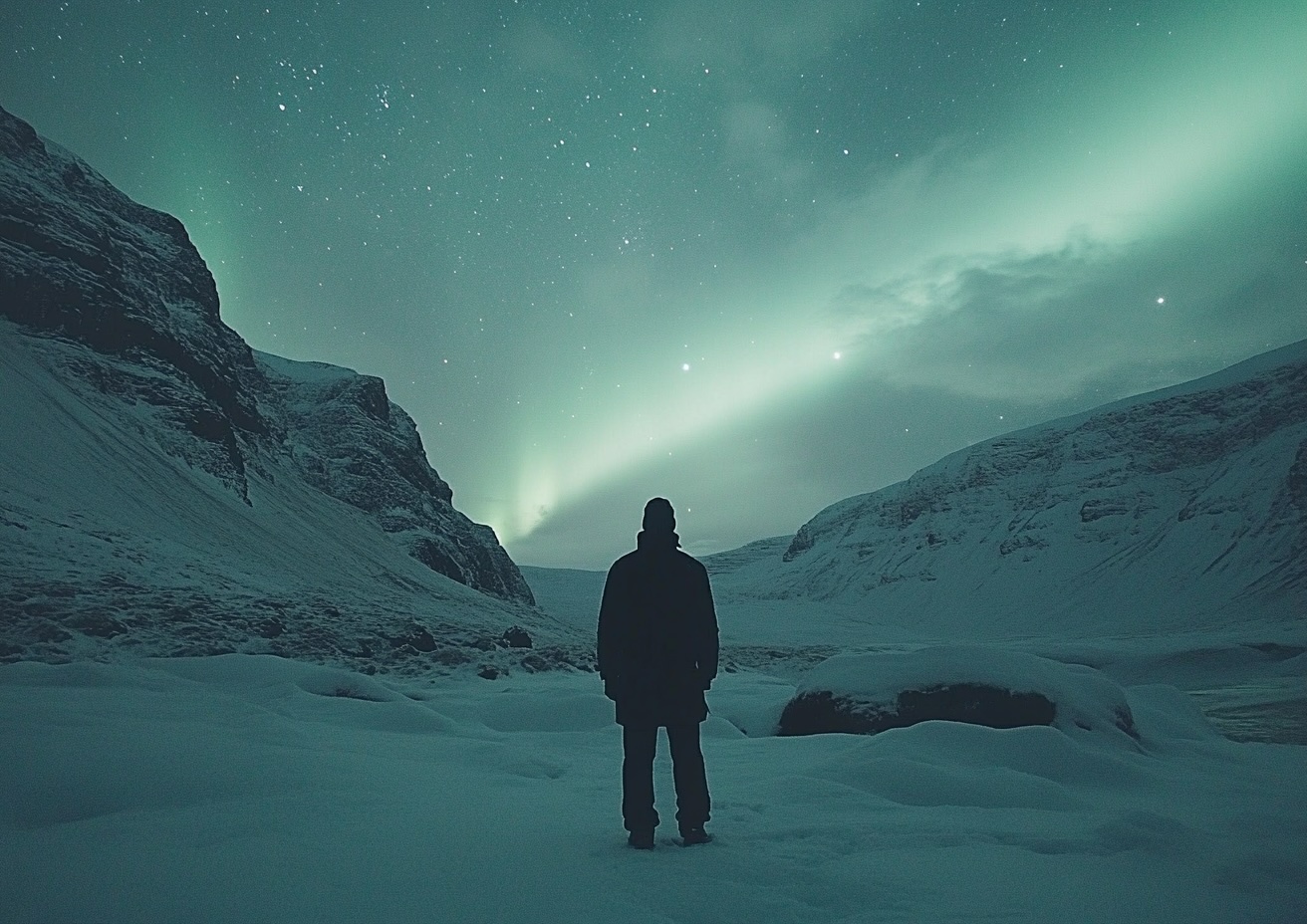
To fully enjoy your aurora hunt, here’s the essential equipment:
Clothing:
- Thermal underwear
- Wool or fleece sweater
- Waterproof and windproof jacket
- ki pants or similar
- Good waterproof hiking shoes
- Gloves, scarf, hat
For photography:
- Camera with manual mode
- Stable tripod
- Spare batteries (cold drains them quickly!)
- Red light headlamp (to avoid disturbing other observers)
Curious Soul Tip: Don’t forget a thermos flask to bring a hot drink. Nothing like a good hot chocolate while waiting for the auroras!
Complementary Activities: Iceland Beyond the Auroras
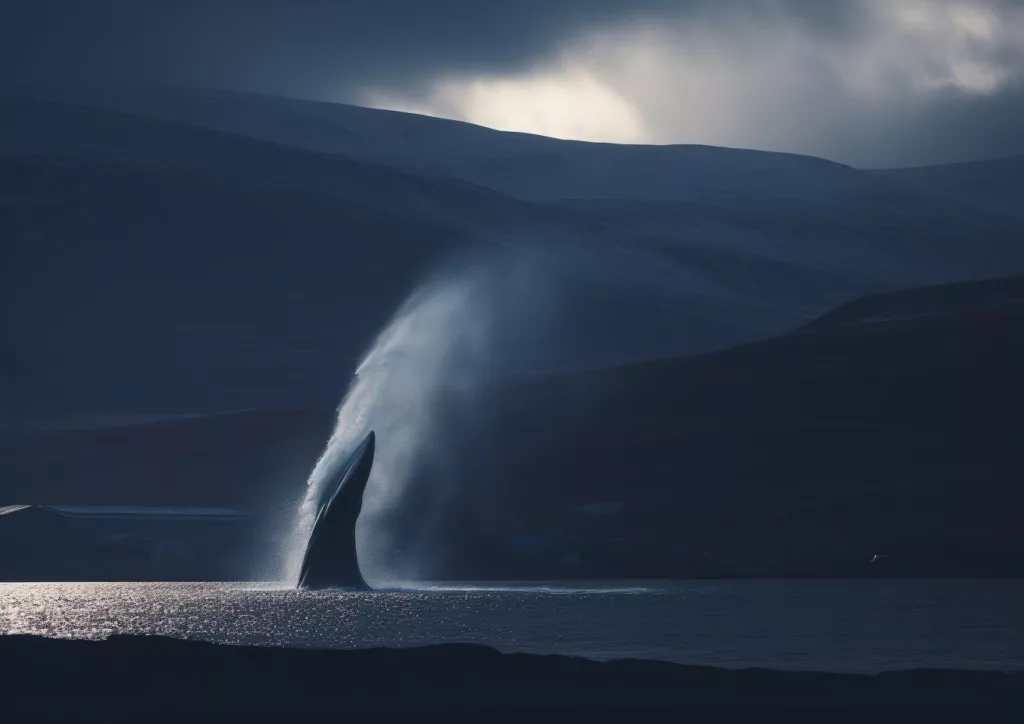
Iceland has so much to offer! Here are some great activities to occupy your days while waiting for the auroras:
- Whale watching: Ideal in September. Imagine seeing auroras above a whale! 🐳
- Golden Circle tour: Geysir, Gullfoss, Thingvellir… The must-sees!
- Glacier hiking: A unique experience on the “land of ice”.
- Ice cave exploration: A fascinating blue world under your feet.
- Snowmobiling: For thrill-seekers!
- Hot springs and geothermal spas: The Blue Lagoon, of course, but also lesser-known spots like the Secret Lagoon.
- Snowshoeing and dog sledding: In winter, for total immersion in the Great North.
Eco-friendly reminder: Whatever activity you choose, always respect Icelandic nature. We leave only our footprints, we take only photos!
Conclusion: Ready for the Adventure?
There you have it, you now have all the cards in hand to plan your Northern Lights hunt in Iceland! Let’s recap:
- Best periods: From September to April, with a peak in September-October and February-March.
- Ideal duration: At least a week, ideally 10 days.
- Equipment: Warm, waterproof, and suitable for photography.
- Activities: Combine aurora hunting and discovering Iceland.
Don’t forget: the Northern Lights are an unpredictable natural phenomenon. Even with the best preparation, nothing is guaranteed. But that’s also the magic of adventure!
So, are you ready to set off to conquer Iceland’s dancing skies? Whether you choose to get lost in the Eastern fjords, marvel at the Sólheimasandur wreck, or relax in the warm waters of Hvammsvík, Iceland promises you unforgettable memories.
Don’t forget to share your experiences with the Curious Souls community. Your stories and photos might well inspire the next aurora hunter!
Have a good trip, and may the northern lights be with you! 🇮🇸✨
Article mis à jours le 24 September 2024 par Pierre Bouyer

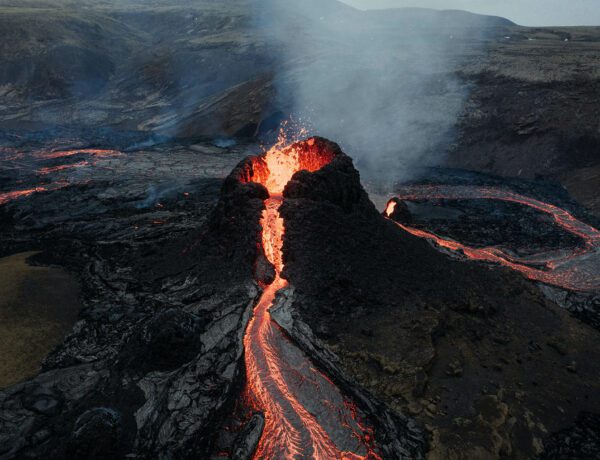
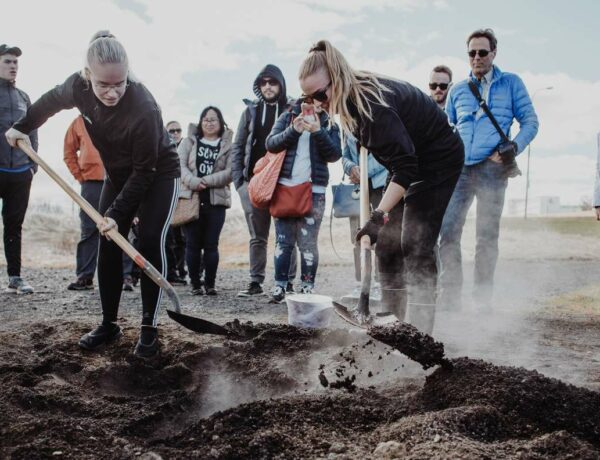
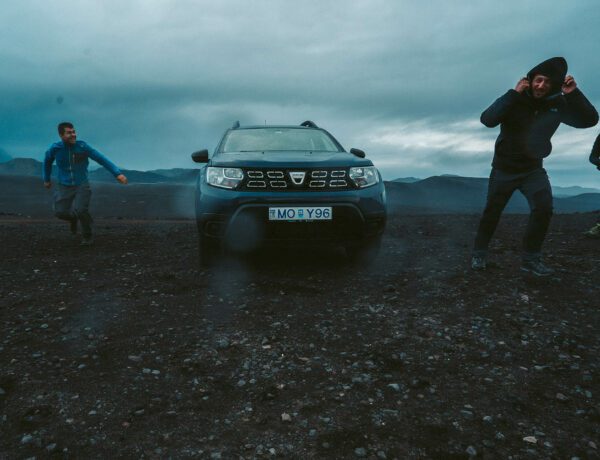


No Comments